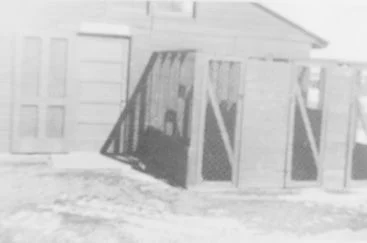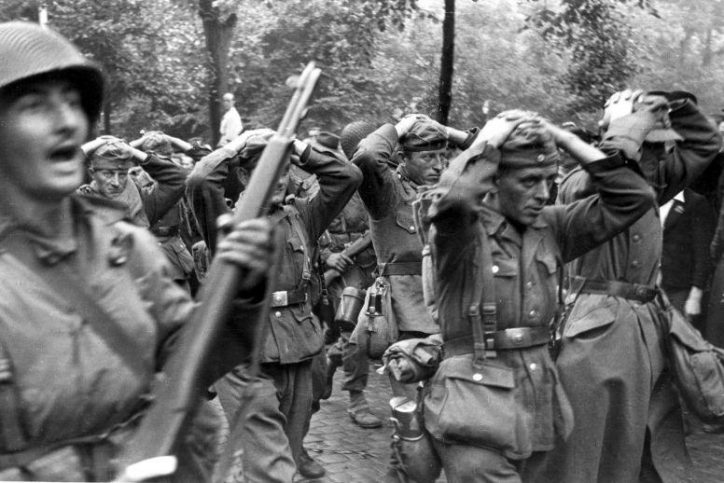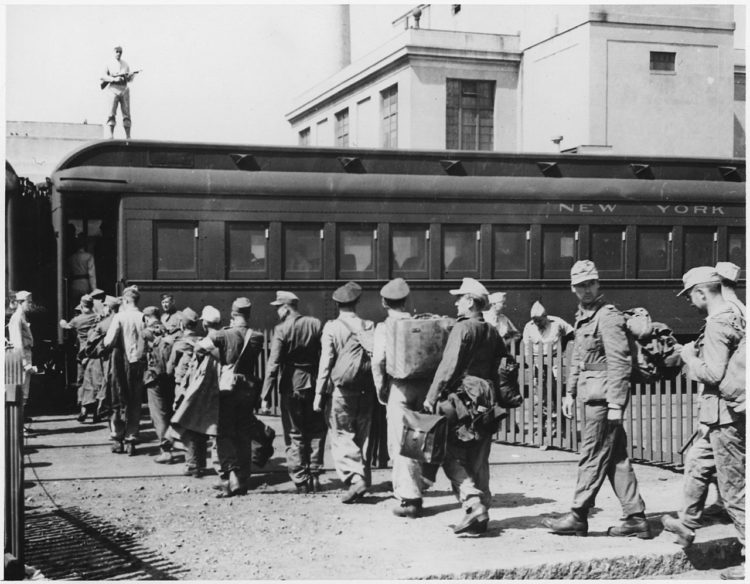The image of state fairgrounds we usually see in our minds is fun rides decorated with colorful lights, cotton candies, and maybe hotdog stands. Friends and family walk around with smiling faces as they look around and decide which attraction they would try next, while others are simply content as they sit and watch the other people pass by.
This was the opposite of what the thousands of prisoners of war during World War II remembered when they were housed at the Idaho fairgrounds. The experience was no fun and far from colorful.
A Mini German City
Camp Rupert was built in 1943 for $1.5 million. It was exciting and outstanding because it was built like a mini-city, complete with its barracks, water, sewer, and a hospital, and could accommodate up to 3,000 people. This was one of the 11 POW camps built by the state.

In 1943, Camp Rupert had only 300 staff personnel and some Army officials. This population would essentially swell in 1944 to the point that thousands of men would have to endure overcrowding, food shortages, and even fights among them.
Assigned to Work in the Fields
The first 500 prisoners arrived in May 1944. They were Italian prisoners of war soon followed by another batch of 500 Germans four months later. They were initially British POWs but were sent to the United States because Britain’s camps were starting to get crowded quickly, creating labor shortages.
These prisoners were assigned to work in surrounding fields for the local farmers, planting and harvesting crops. They were transported from the camp to the area in a truck. Each truck could transport approximately 15 prisoners and one guard. If a farmer requested them, it was that farmer’s responsibility to transport them to his field. As for the quota, it was assigned by both the farmer and the War Labor Board.

To instruct the German prisoners on how to accomplish the task, they were given information written in German— from leaflets to films— all produced by the Utah-Idaho Sugar Company.
This arrangement was beneficial to the farmers since many local Americans were sent to the war. Then, the POWs became the ones taking care of the harvests.
Prisoners Were Sent Back Home
While the setup seemed perfect, issues still arose, and not everything ran smoothly. For instance, the farmers had to look after the POWs as they worked, and some local farmers and residents did not like that. At times, there would be skirmishes between the residents, prisoners, and farmers that would require the intervention of military personnel.
As for the prisoners, many of them were working contently on the farms. After all, they were being paid, fed, and housed, as opposed to being tortured or may be killed. However, there were still those who were unhappy working with the Americans. About fifty of them started a rebellion. As a consequence, these men were separated from their comrades and were only fed with bread and water. Twenty of them would be housed separately until the end of the war, and they were sent back home.
Those cooperatives were housed at the Twin Falls County Fairgrounds and Gooding County Fairgrounds. At its peak, about 173 buildings were constructed at the camp. It held people more than its capacity, with 3,000 prisoners and about 1,000 army personnel.
As Anne Schenk, a member of the area’s historical society and also the one who contributed material about the camp said:
“There was a small city out here. There were no young men here during the war, and they needed the prisoners for harvesting and planting.”
Camp Rupert was the largest among the state’s 11 prisoners of war labor camps. The prisoners were relieved when their labor was over and they were about to be sent back home to their families.
Every one of them was shipped back in 1946.










COMMENTS
You must become a subscriber or login to view or post comments on this article.